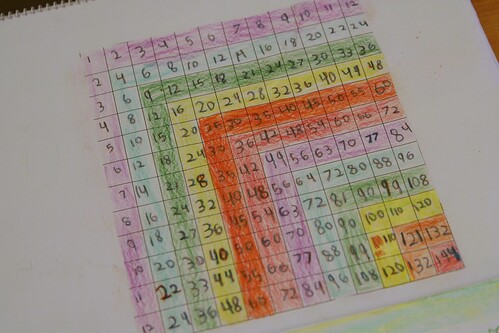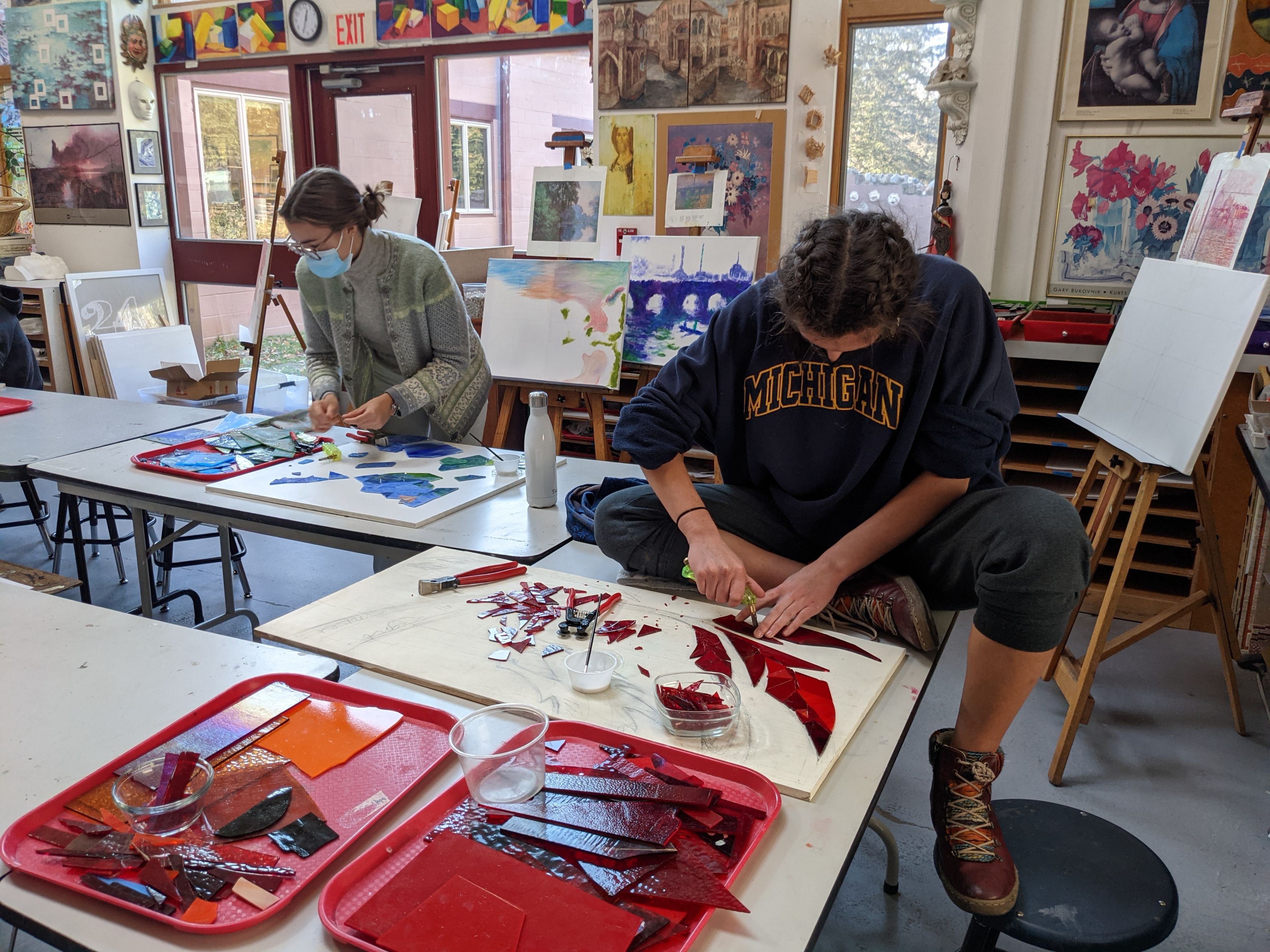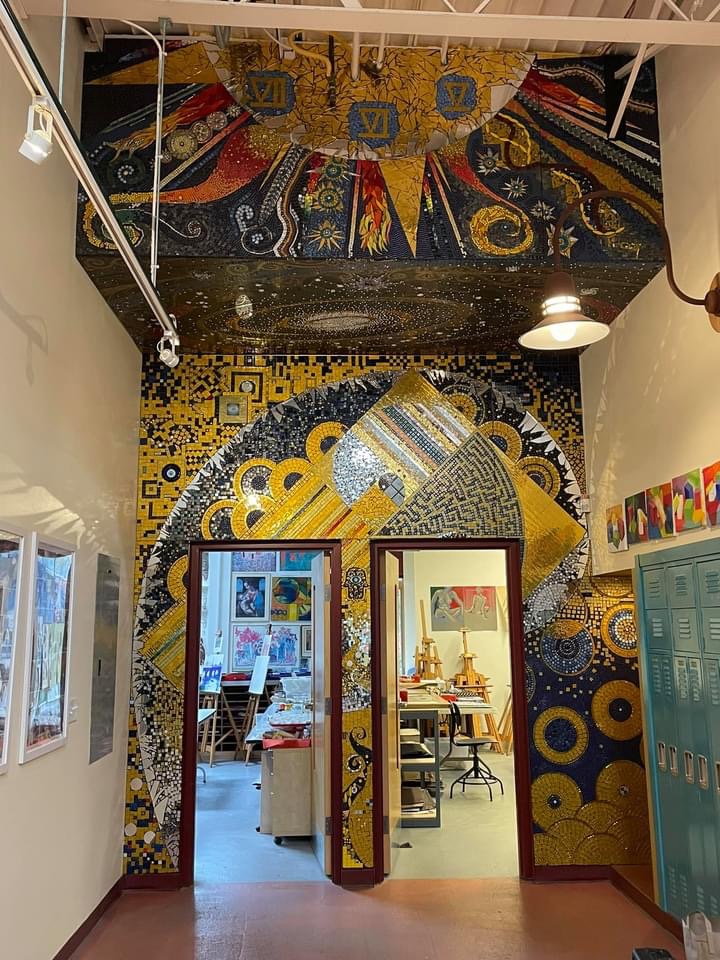

A Brief Look at Mosaics and Math
Any opportunity students have to create is a moment of empowerment. When explored through hands-on activities, the subject often goes from being frustrating and mysterious to relatable and tangible. Not only can this change a student's understanding and perception, experiences like this change the way students think of themselves as learners. A student who is struggling with math concepts presented numerically will often find a visual representation of the idea easier to grasp - for example in a mosaic.
.png)
.png)
.png) Throughout history, people have used pattern art to exhibit and explore mathematical understanding. The oldest known mosaics date as far back as the third millennium B.C., and were used to embellish Sumerian architecture. Sumerian wall decorations, an early form of mosaic, contain examples of tessellations. The Greeks and Romans refined this ancient technique to the point where a mosaic artist could reproduce a painting. Roman artists used bits of naturally colored marble as tesserae in their mosaics, and predominantly used them in floor decorations of such spaces as temples and baths.
Throughout history, people have used pattern art to exhibit and explore mathematical understanding. The oldest known mosaics date as far back as the third millennium B.C., and were used to embellish Sumerian architecture. Sumerian wall decorations, an early form of mosaic, contain examples of tessellations. The Greeks and Romans refined this ancient technique to the point where a mosaic artist could reproduce a painting. Roman artists used bits of naturally colored marble as tesserae in their mosaics, and predominantly used them in floor decorations of such spaces as temples and baths.
The overlap between the beautiful art of mosaics and math may not be obvious at first, but the merging of the two creates a synergy that enhances each subject, giving more meaning to the art and greater context to the math concepts being taught - creating a truly rich learning experience. Some math concepts taught through mosaics include counting, geometry through area and perimeter, ratios, fractions and fractals.
Mosaic art assists in the development of:
.png) Matching
Matching- Sorting
- Recognition
- Assembling
- Decision-making
- Manual dexterity
- Concentration
- Attention
- Patience
- Problem-solving
- Memory
- Logic
- Perception
- Imagination
- Creativity
- Spatial and visual organization (basics of geometry)
- Fine motor skills
We begin with very simple pattern concepts in the early grades that
grow into complex mosaic art in the high school.



